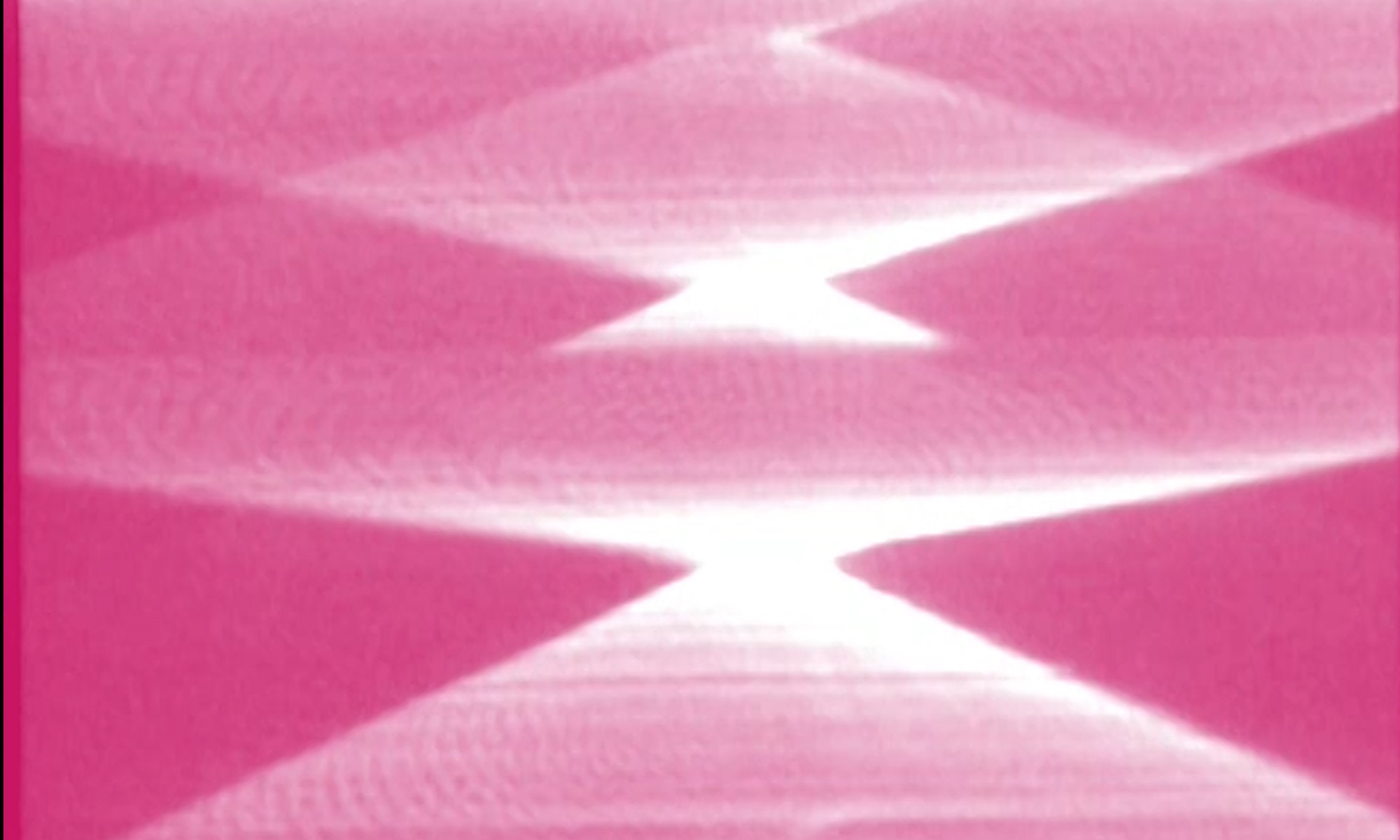Psychogeography Exercise / Mini Project
This project is lifted from a quote in Malcolm Coverly’s book Psychogeography.
Psychogeography: a beginner’s guide. Unfold a street map of London [New York City], place a glass, rim down, anywhere on the map, and draw round its edge. Pick up the map, go out into the city, and walk the circle, keeping as close as you can to the curve. Record the experience as you go, in whatever medium you favour: film, photograph, manuscript, tape. Catch the textual run-off of the streets; the graffiti, the branded litter, the snatches of conversation. Cut for sign. Log the data-stream. Be alert to the happenstance of metaphors, watch for visual rhymes, coincidences, analogies, family resemblances, the changing moods of the street. Complete the circle, and the record ends. Walking makes for content; footage for footage.
—Robert MacFarlane, A Road of One’s Own.
Complete this action, make some documentation along the way, bring it back to class to share your story.
Project 1: Same Site, Different Maps
We will collectively choose a neighborhood to map. Visit the site as part of your research/exploration. What you map and how you choose to represent what you map is up to you. Ultimately, each person will map something different about the site.
Everyone will work with the same neighborhood and map something different about it. This project is partly inspired by the book/project by Denis Wood Everything Sings: Maps for a Narrative Atlas. You can hear him interviewed as part of this This American Life episode on MAPPING. Wood was thinking of a “poetics of cartography” and mapped several different aspects of his neighborhood, Boylan Heights, in Raleigh, North Carolina – from squirrel highways to jack-o-lanterns to signs for strangers, radio waves, wind chimes, sidewalk graffitti, local rents, police calls, public and private trees and the mailman’s route. You can also consider the maps from An Atlas of Radical Cartography, Atlases from Rebecca Solnit’s series or This is Not An Atlas, available as an open access ebook: https://notanatlas.org/book/
• What data or information, stories, phenomena, signs, experiences, tidbits are you collecting and how? Choose something that motivates you. Maybe aim for something between poetic and political or how your particular perspective inspires you to speak back to the site, to counter-map. Filter out everything but what it is you are mapping.
• Consider doing behind-the-scenes research – what archives or records can you research that reveal something not immediately apparent about the area?
• Consider doing empirical, experiential research – go to the site, walk around, observe, make notes.
• The presentation form your map takes is up to you – screen based, paper based and made into a downloadable PDF, large and hand-drawn, animated, web-based, performance documentation, sound… Consider aesthetics and how the information is communicated as an integral part of the project.
• Hand in here: [link to document and drive]
Data mapping exercise
[details to follow]
Project 2: Quick and Dirty Walking Tour
Take us on a walking tour. The location should be within two blocks of our classroom. It can be indoors our outdoors. Consider the many tools and modes available for you to incorporate into your walking tour:
Is it informational, experiential, fictional, participatory, embodied, conceptual, political, like a game? Does it engage sight, smell, hearing, touching, emotions, movement of the body? Are you providing a map, images for us to look at, props, a score, handouts, downloadable files? As the tour guide, are you assuming a character or wearing a special outfit? Does the tour rely on technology (consider using Echoes or a pre-recorded sound file)? Did you do research into archives, peoples stories, architecture, topography, local residents…? Do you want to change our perception/understanding of the site? Is there a hidden, site-specific story that needs telling? What is more important: the content or the form or the experience?
We will need to get through six tours in less than three hours, so keep what we do during class somewhat brief. However, since this is a project (vs. an exercise), you can develop your tour beyond what we have time to experience.
If possible, hand in some trace of the tour — either your tour materials or some form of documentation.
Final Project: your choice
Written proposal due Nov 22nd. Final project due the last week of class, Dec 13th.
Written proposals for the final project are due on the 22nd, but feel free to email sooner, or chat out your project during office hours (or make an appt).
The proposal should be about one page long and address what (concept + form), how (form, technologies, methodology), why (why is this important / what is at stake / what do you hope to accomplish with this project?). The proposal can include an idea for a larger project with a section outlining what is possible for this semester.
The final project can be a fresh project or you can further develop a project or idea you started during the semester. It should be an ambitious manifestation of your ongoing work as an artist / researcher / cultural practitioner.
